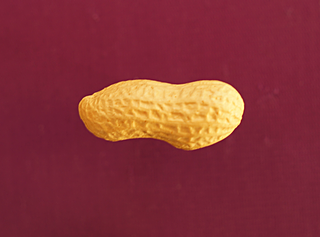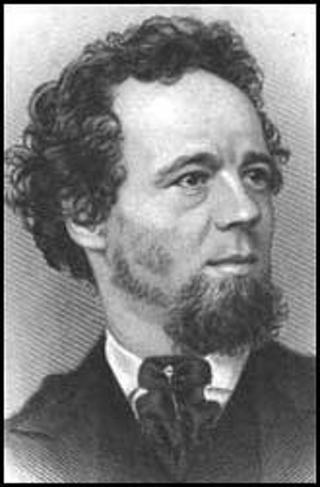
Podcast: Play in new window | Download (Duration: 8:46 — 7.3MB)
Subscribe: Google Podcasts | Spotify | Android | RSS | More
This is the last of the short episodes of the holiday season. It is also something of a meta-episode because it is mostly about this podcast and another podcast.
 I’ve hinted before that I’d like to do more constructed shows here, where I speak to a few different people about a topic to try and get a broader sense of the subject. They’re harder to do, but more rewarding, and they consistently get more listeners. The problem is that as a one-man band, I don’t have the time I need to do that kind of show very often. As an experiment, I’m going to try chunking episodes into seasons, with a break between seasons when I’ll be working on those more complex shows. I’m not sure yet how long either the seasons or the breaks will be.
I’ve hinted before that I’d like to do more constructed shows here, where I speak to a few different people about a topic to try and get a broader sense of the subject. They’re harder to do, but more rewarding, and they consistently get more listeners. The problem is that as a one-man band, I don’t have the time I need to do that kind of show very often. As an experiment, I’m going to try chunking episodes into seasons, with a break between seasons when I’ll be working on those more complex shows. I’m not sure yet how long either the seasons or the breaks will be.
In anticipation, I encourage you to subscribe to the podcast, if you aren’t already doing so, via iTunes or by email, which gives you the added advantage of getting Eat This Newsletter between episodes and during the breaks. (You can also, of course, do both.) I’m also on Twitter and Instagram.
Aside from finding time and resources, one of the other things that is really hard for a completely independent production like this is to find new listeners. Reviews and ratings on iTunes probably help, but a word-of-mouth recommendation is even better.
I know that’s true for me, and so I want to share a podcast that was recommended to me. Bee Wilson (@kitchenbee) recommended “this wonderful podcast series by Vikram Doctor, The Real Food Podcast … It is superb and worth listening to in its entirety.”
On the strength of that, I jumped through a few hoops to ensure I had an episode to listen to on my walk in the park, and I agree. Thoroughly enjoyable and informative. In addition to making podcasts, Vikram Doctor is also the editor of special features for the Economic Times of India.
I’ll be subscribing, and if you have any interest in food from an Indian perspective (and not just Indian food) I recommend you take a listen.
Notes
- I’m currently working on two idea for shows suggested by listeners, and I’d love to hear about anything you think I should consider.
- Vikram Doctor’s Real Food podcast is at audiomatic.in.
- I’m using that banner photograph knowingly, having shamelessly stolen it from Julia Barton, who started the whole stock mic thing.
- And I admit I flipped the cover photograph, which I took from Douglas Self’s strange catalogue of Acoustic Location and Sound Mirrors.
- Seriously, though, why is it so difficult both to find new podcasts and to put my own podcast in front of people. I still don’t know.


 Maybe you’ve seen the stories about a peanut, prosaically named Carolina Runner No. 4? In 2017 it will be ready to be grown in commercial quantities, having faded gently away from being the primary peanut before the 1840s to a reasonable contender into the 1910s to presumed extinct by the 1950s. Professor David Shields, an historian at the University of South Carolina, found it in a genebank as part of a project by the Carolina Gold Rice Foundation, which he chairs, to restore the crucial varieties of the American South. It’s a fine story, but a couple of things bothered me.
Maybe you’ve seen the stories about a peanut, prosaically named Carolina Runner No. 4? In 2017 it will be ready to be grown in commercial quantities, having faded gently away from being the primary peanut before the 1840s to a reasonable contender into the 1910s to presumed extinct by the 1950s. Professor David Shields, an historian at the University of South Carolina, found it in a genebank as part of a project by the Carolina Gold Rice Foundation, which he chairs, to restore the crucial varieties of the American South. It’s a fine story, but a couple of things bothered me. 
 One of the most fascinating things about pumpkins and squashes is what people call them. The whole summer squash, squash, pumpkin thing is confusing enough, and that’s to say nothing of courgettes and zucchini, which I explored in
One of the most fascinating things about pumpkins and squashes is what people call them. The whole summer squash, squash, pumpkin thing is confusing enough, and that’s to say nothing of courgettes and zucchini, which I explored in 
 James William Greenwood (that’s him on the left) was a pioneering investigative journalist of the high Victorian period. He broke some sensational stories, most notably by spending a night in the workhouse to document the appallingly squalid conditions of the poor in Victorian London. Greenwood, however, wasn’t above a bit of sensationalism and, perhaps, even a touch of fake news. For example, he was unable to supply any authentication for one of his most horrific pieces, about a fight between a man and a dog. Nor was he above telling more humdrum tales, including three little pieces about sausages – which he referred to as “Veiled Mysteries”.
James William Greenwood (that’s him on the left) was a pioneering investigative journalist of the high Victorian period. He broke some sensational stories, most notably by spending a night in the workhouse to document the appallingly squalid conditions of the poor in Victorian London. Greenwood, however, wasn’t above a bit of sensationalism and, perhaps, even a touch of fake news. For example, he was unable to supply any authentication for one of his most horrific pieces, about a fight between a man and a dog. Nor was he above telling more humdrum tales, including three little pieces about sausages – which he referred to as “Veiled Mysteries”.